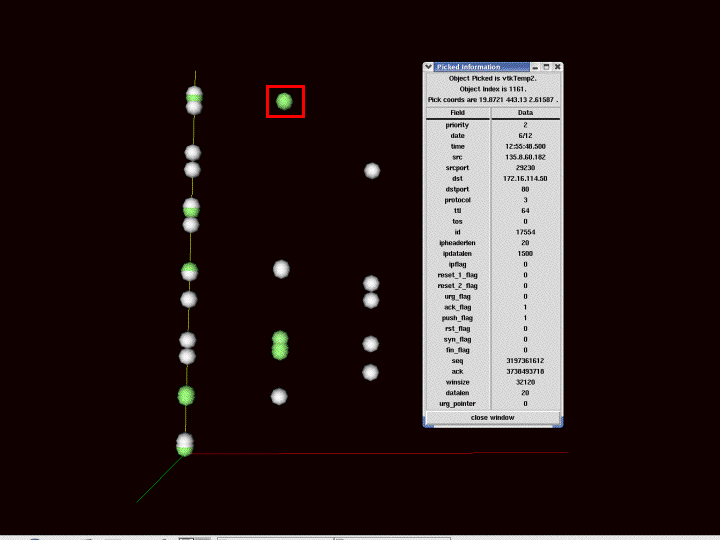Details on demand: Difference between revisions
Jump to navigation
Jump to search
No edit summary |
added quote by [Craft and Cairns, 2005] |
||
| Line 2: | Line 2: | ||
{{Quotation|We distinguish between the refinement methods detail on demand, where the user requests greater detail, and progressive refinement, where the system transmits and displays more detail automatically. Both methods can be combined, too. In order to save bandwidth, it is essential that only differential data are transmitted.|[Rauschenbach, 1998]}} | {{Quotation|We distinguish between the refinement methods detail on demand, where the user requests greater detail, and progressive refinement, where the system transmits and displays more detail automatically. Both methods can be combined, too. In order to save bandwidth, it is essential that only differential data are transmitted.|[Rauschenbach, 1998]}} | ||
{{Quotation|The details-on-demand technique provides additional information on a point-by-point basis, without requiring a change of view. This can be useful for relating the detailed information to the rest of the data set or for quickly solving particular tasks, such as identifying a specific data element amongst many, or relating attributes of two or more data points. Providing these details by a simple action, such as a mouse-over or selection (th "on-demand" feature) allows this information to be revealed without changing the representational context in which the data artifact is situated.|[Craft and Cairns, 2005]}} | |||
[[Image:dod.gif|thumb|Details-on-Demand Example]] | [[Image:dod.gif|thumb|Details-on-Demand Example]] | ||
| Line 8: | Line 10: | ||
*[Ball, 2004]: Robert Ball, [http://snap.cs.vt.edu/cs5764/Fall2004/ideas/HighRes-DoD.doc Details on Demand vs. High Resolution], 2004. | *[Ball, 2004]: Robert Ball, [http://snap.cs.vt.edu/cs5764/Fall2004/ideas/HighRes-DoD.doc Details on Demand vs. High Resolution], 2004. | ||
*[Craft and Cairns, 2005] B. Craft and P. Cairns, Beond Guidelines: What Can We Learn from the Visual Information Seeking Mantra? Proceedings of the Nineth International Conference on Information Visualization 2005 (IV05), p. 110-118, 2005. | |||
*[Rauschenbach, 1998]: Uwe Rauschenbach, ''Progressive Image Transmission Using Levels of Detail and Regions of Interest'', 1998. | *[Rauschenbach, 1998]: Uwe Rauschenbach, ''Progressive Image Transmission Using Levels of Detail and Regions of Interest'', 1998. | ||
Revision as of 14:05, 6 December 2006
The details on demand–technique allows interactively selecting parts of data to be visualized more detailed while providing an overview of the whole informational concept.
We distinguish between the refinement methods detail on demand, where the user requests greater detail, and progressive refinement, where the system transmits and displays more detail automatically. Both methods can be combined, too. In order to save bandwidth, it is essential that only differential data are transmitted.
[Rauschenbach, 1998]
The details-on-demand technique provides additional information on a point-by-point basis, without requiring a change of view. This can be useful for relating the detailed information to the rest of the data set or for quickly solving particular tasks, such as identifying a specific data element amongst many, or relating attributes of two or more data points. Providing these details by a simple action, such as a mouse-over or selection (th "on-demand" feature) allows this information to be revealed without changing the representational context in which the data artifact is situated.
[Craft and Cairns, 2005]

References
- [Ball, 2004]: Robert Ball, Details on Demand vs. High Resolution, 2004.
- [Craft and Cairns, 2005] B. Craft and P. Cairns, Beond Guidelines: What Can We Learn from the Visual Information Seeking Mantra? Proceedings of the Nineth International Conference on Information Visualization 2005 (IV05), p. 110-118, 2005.
- [Rauschenbach, 1998]: Uwe Rauschenbach, Progressive Image Transmission Using Levels of Detail and Regions of Interest, 1998.